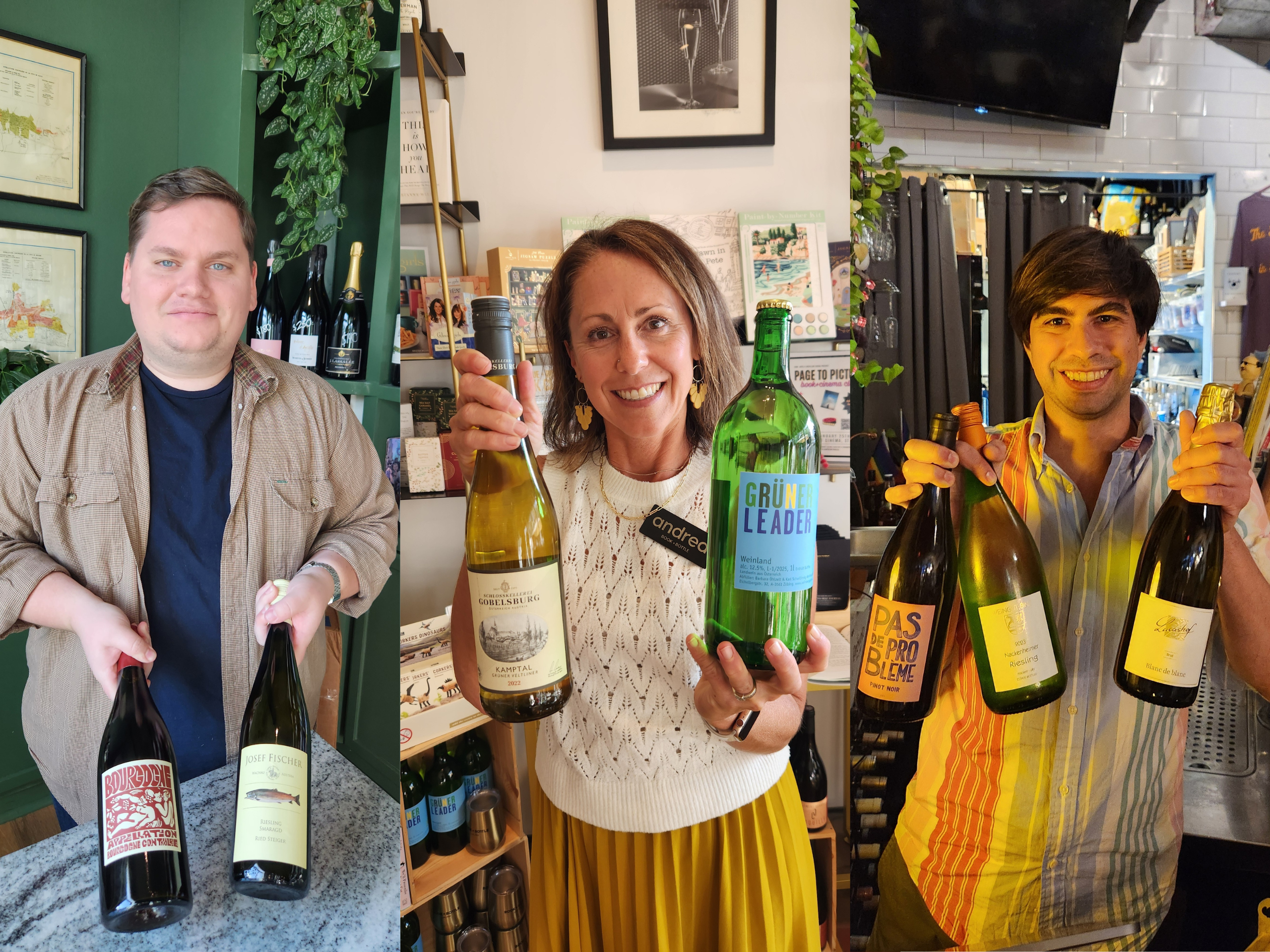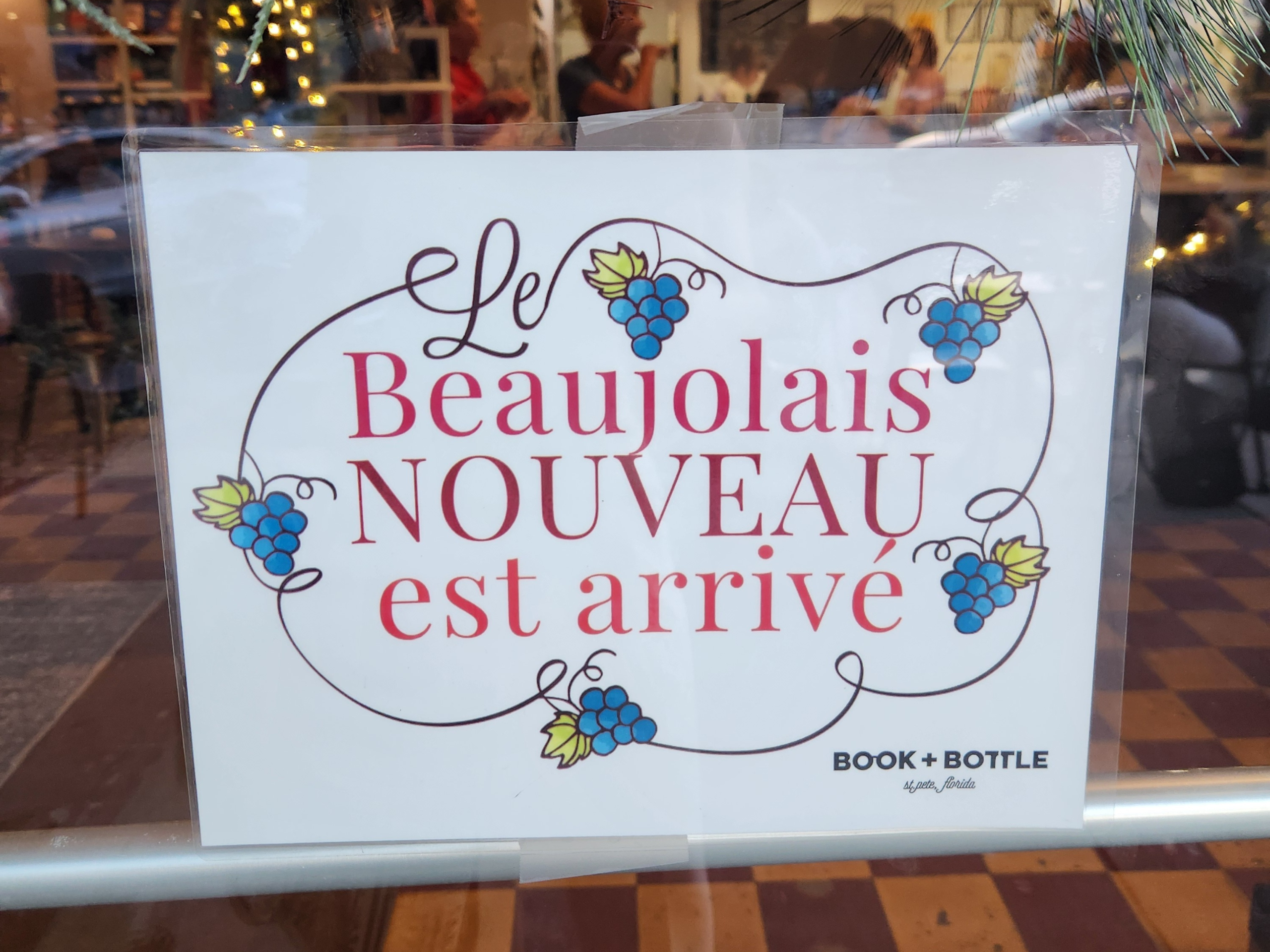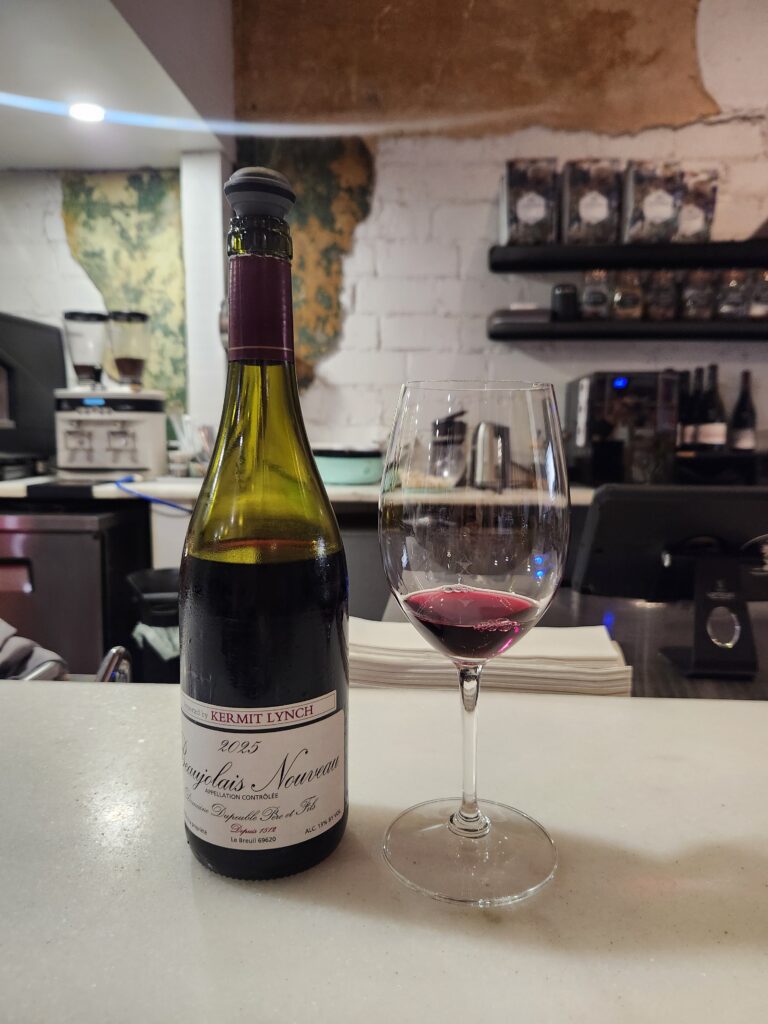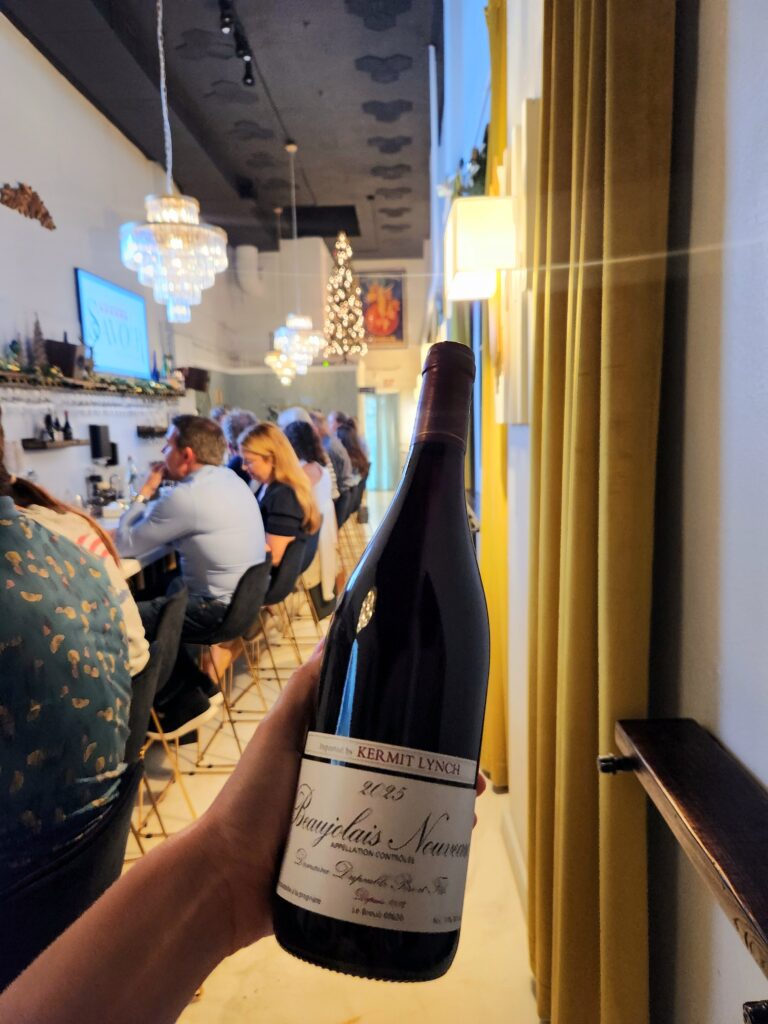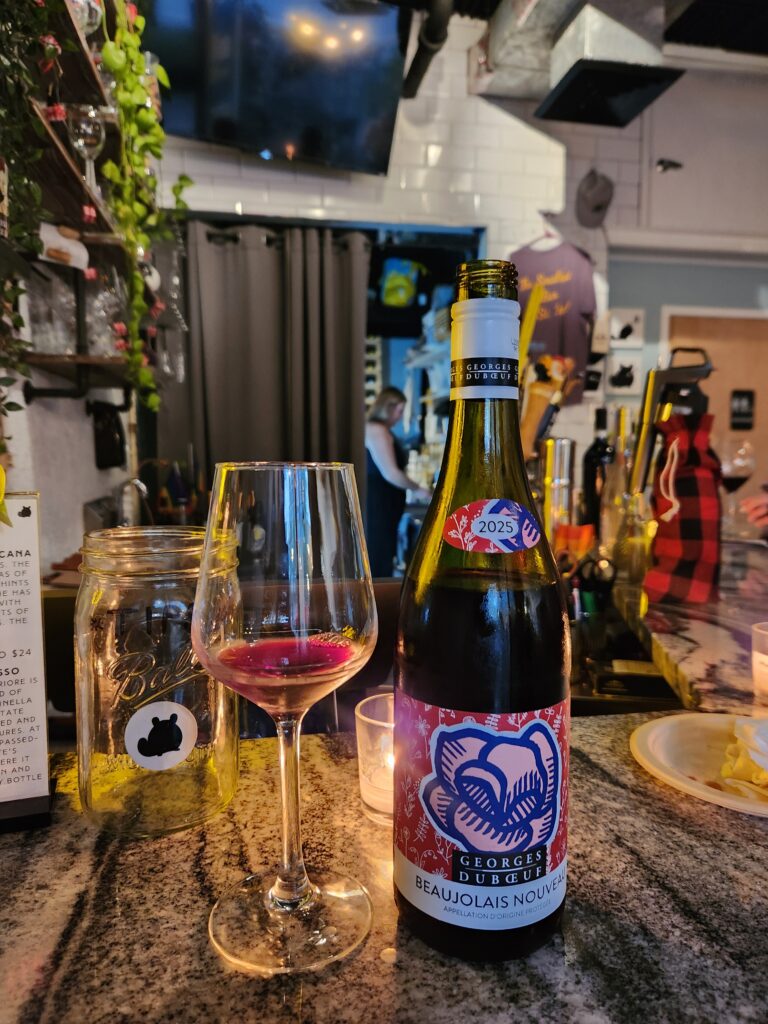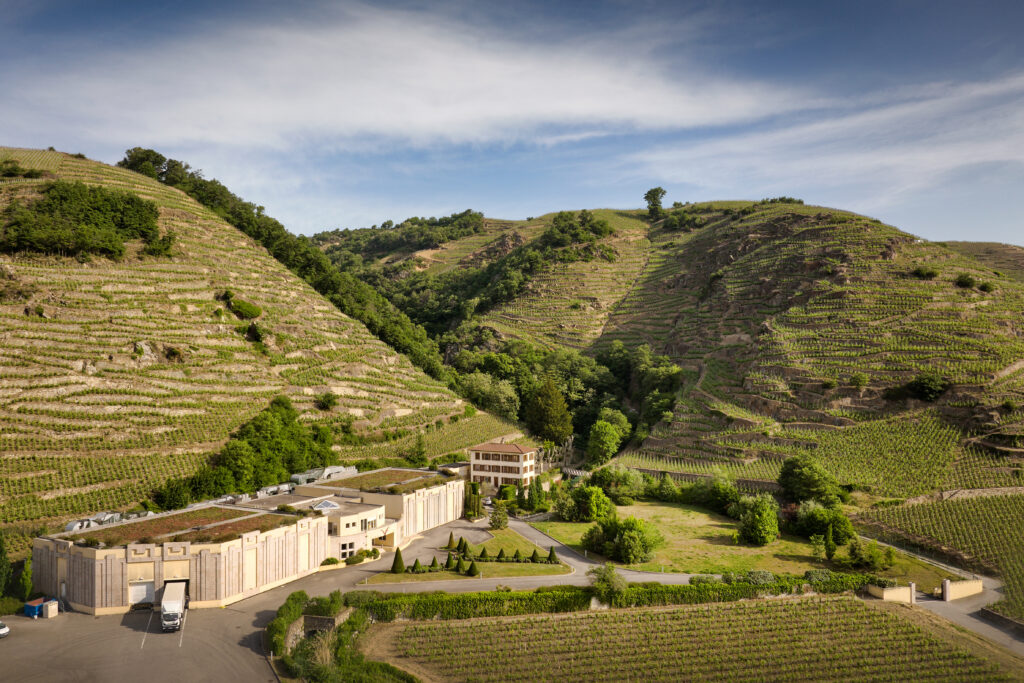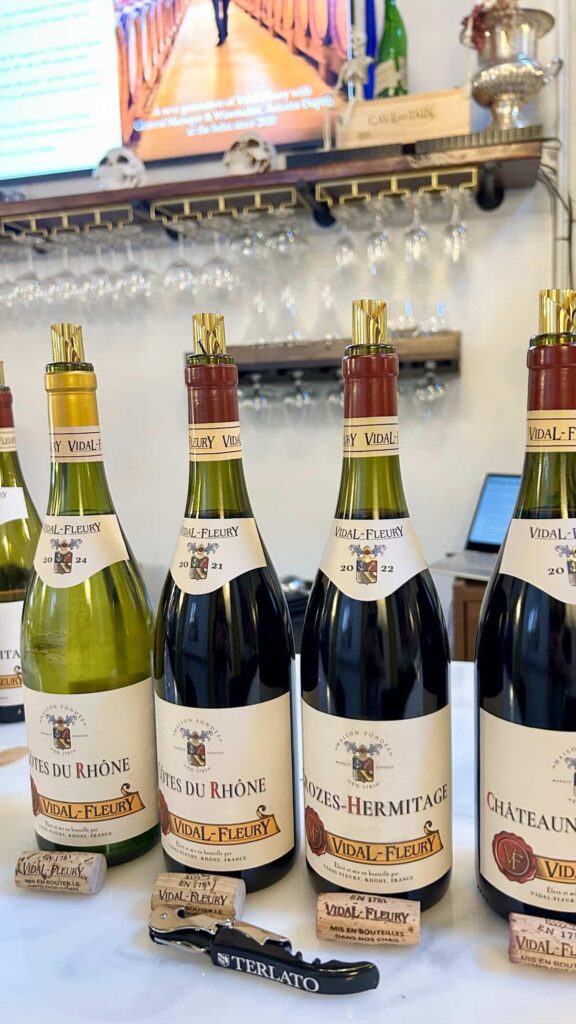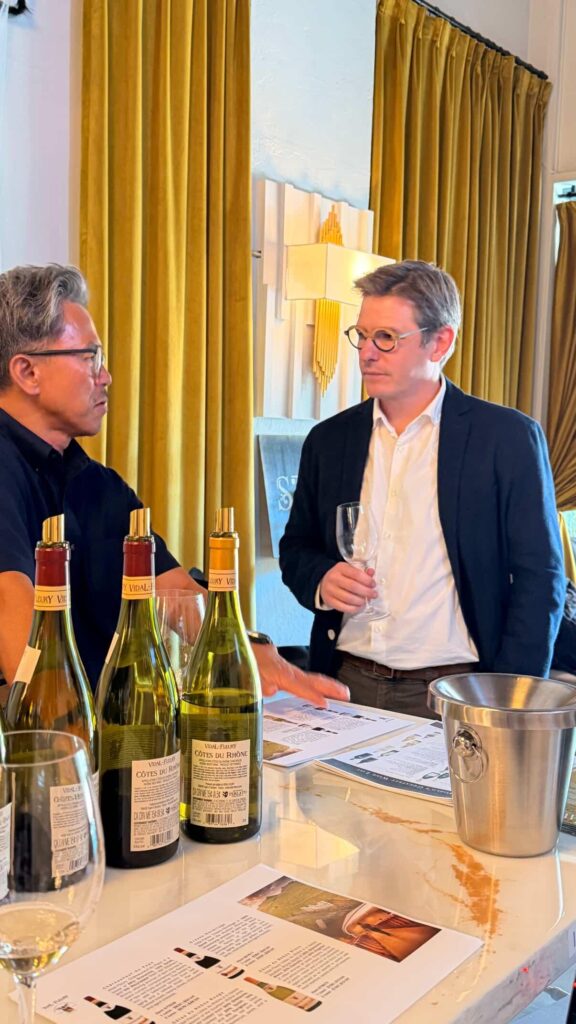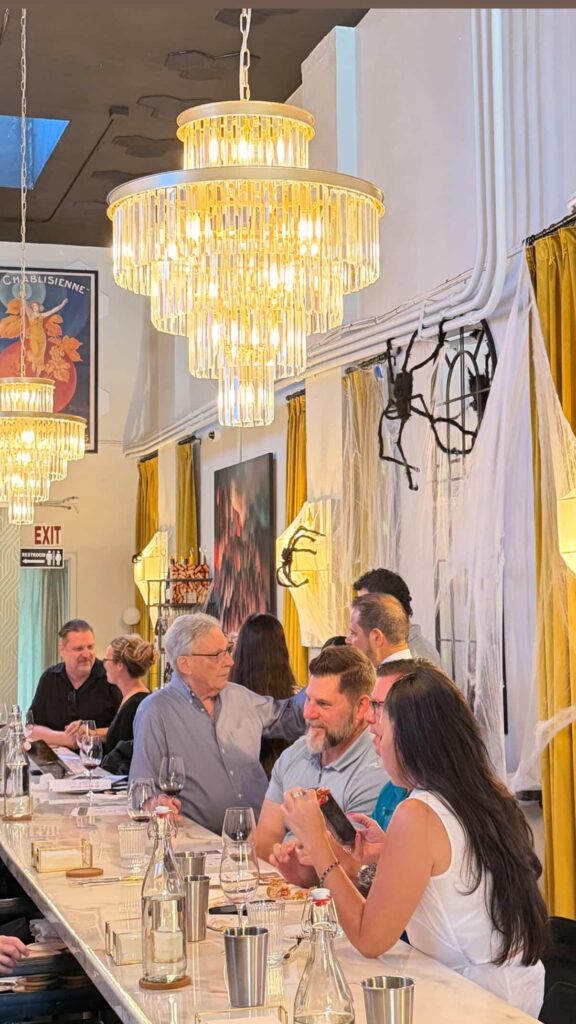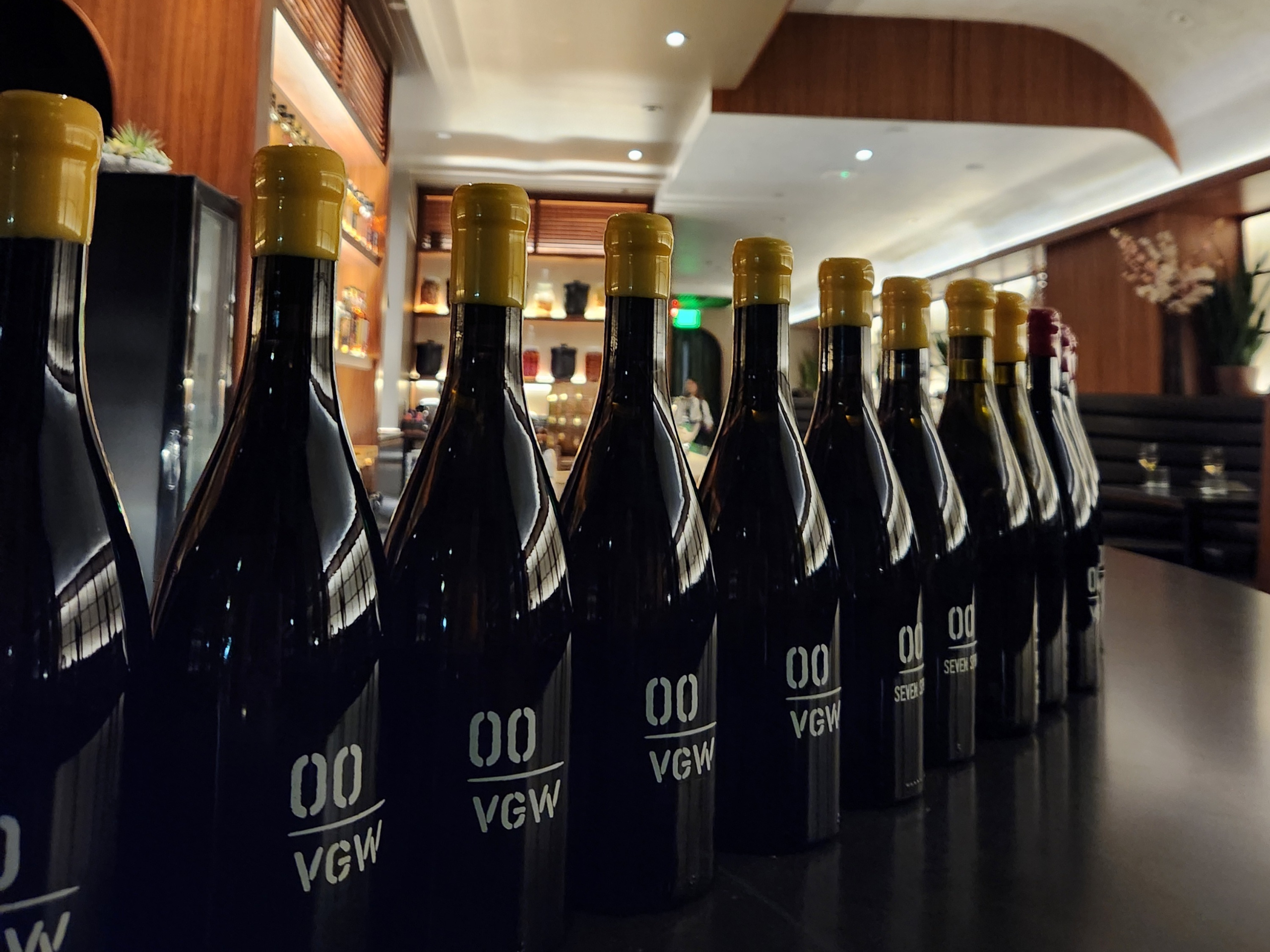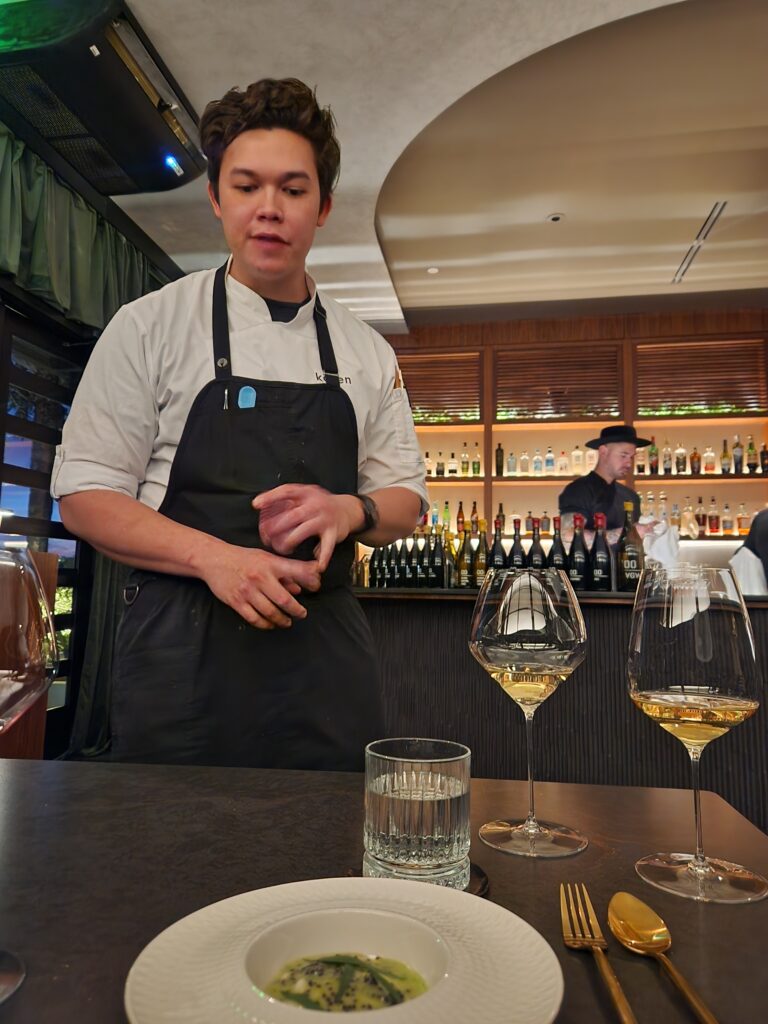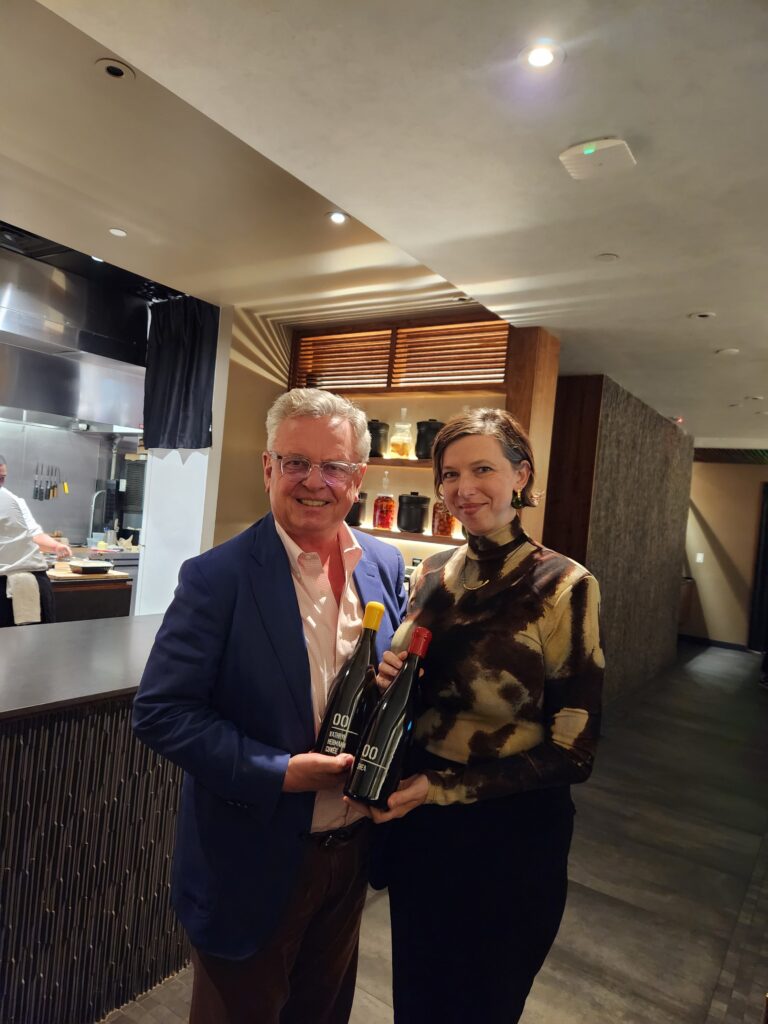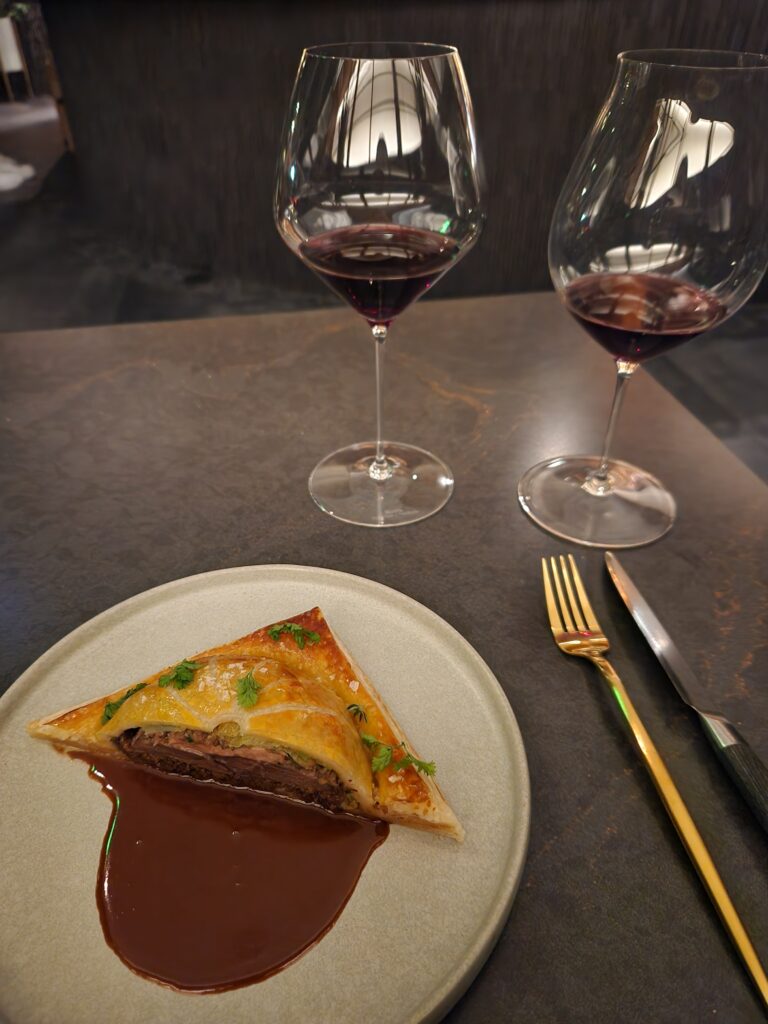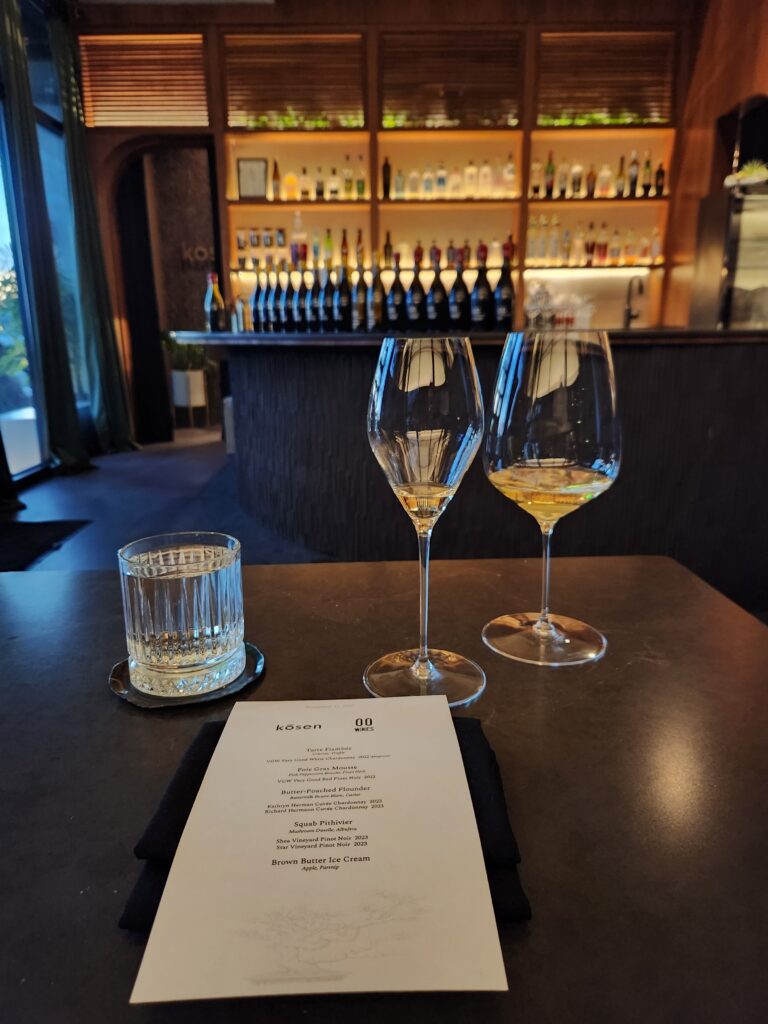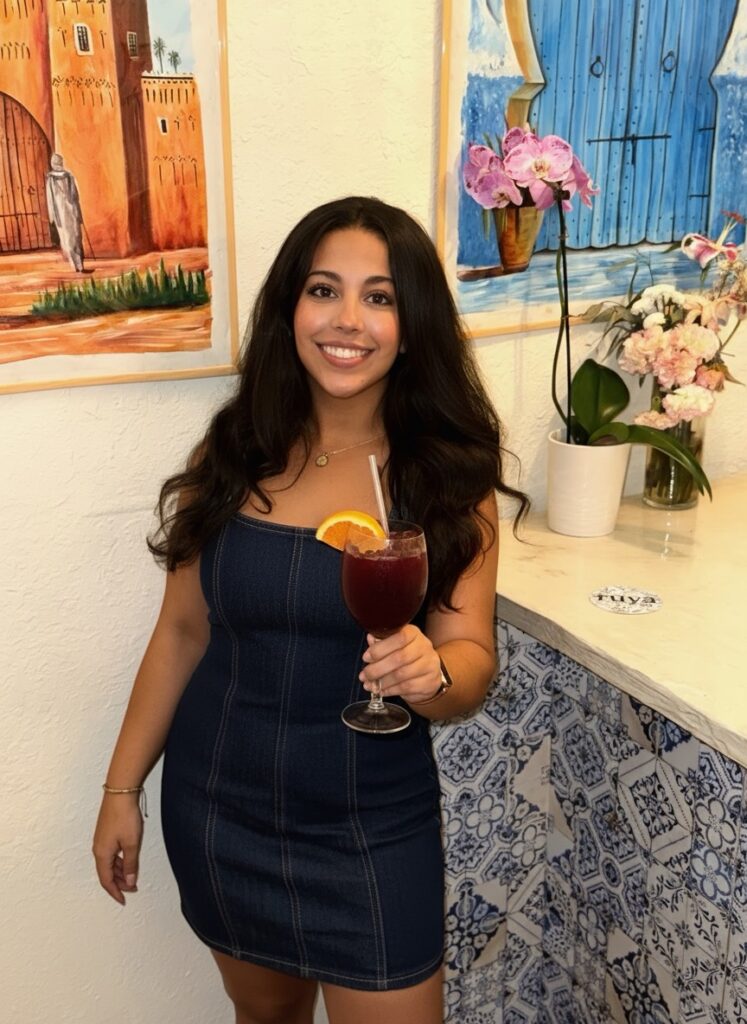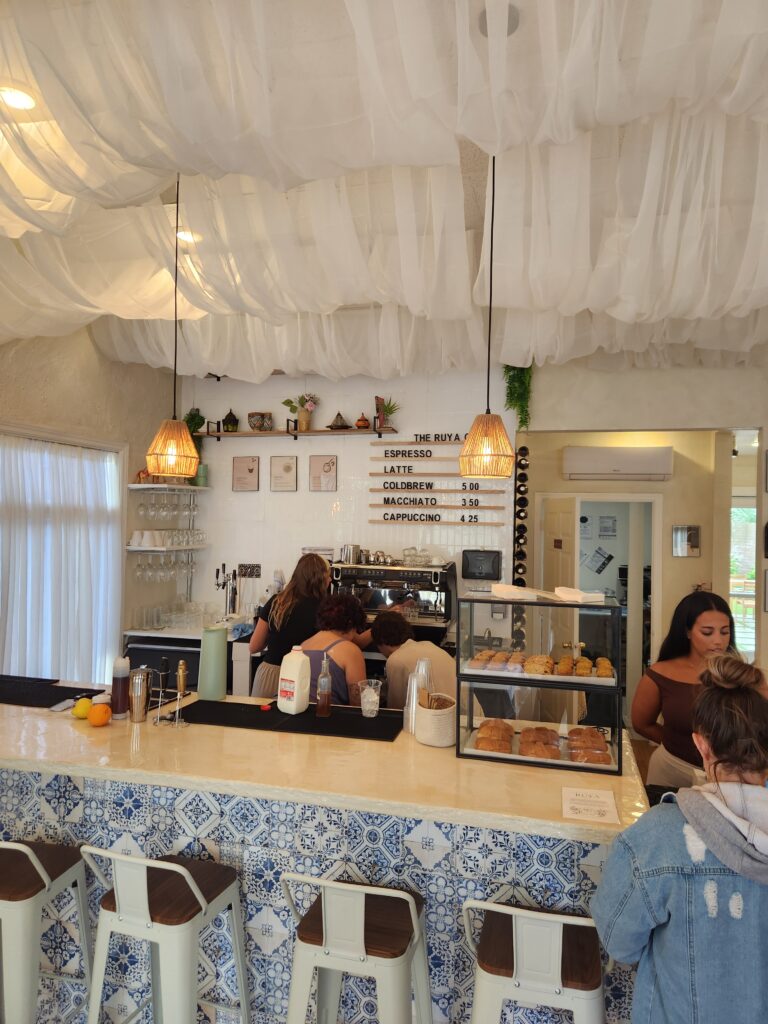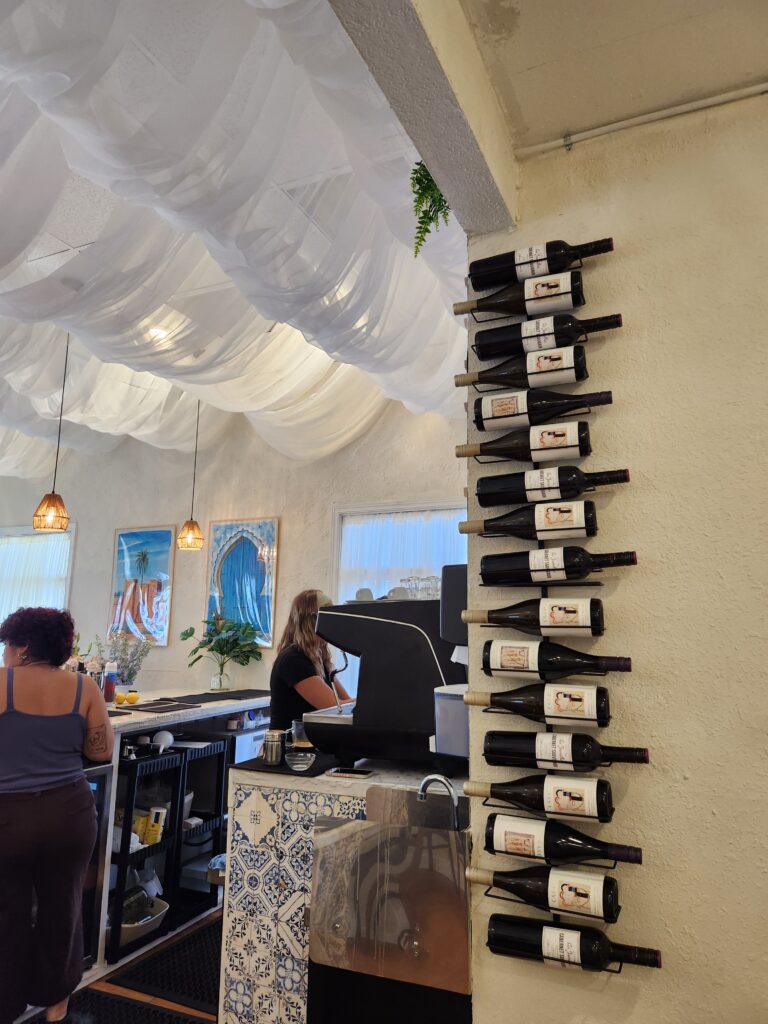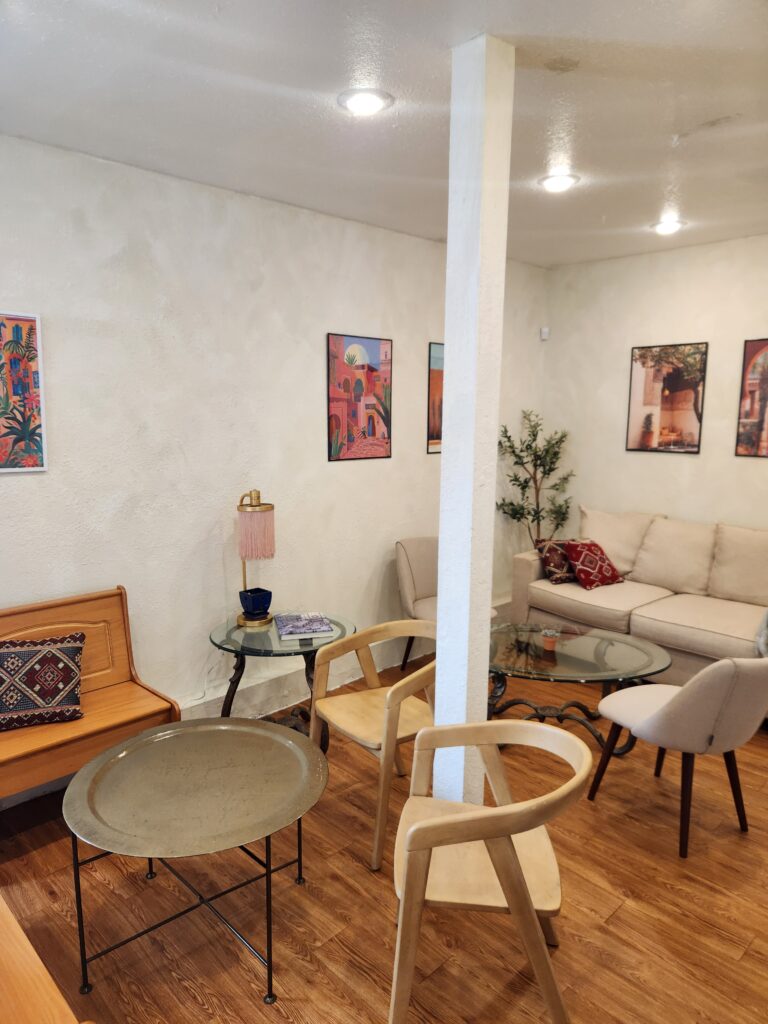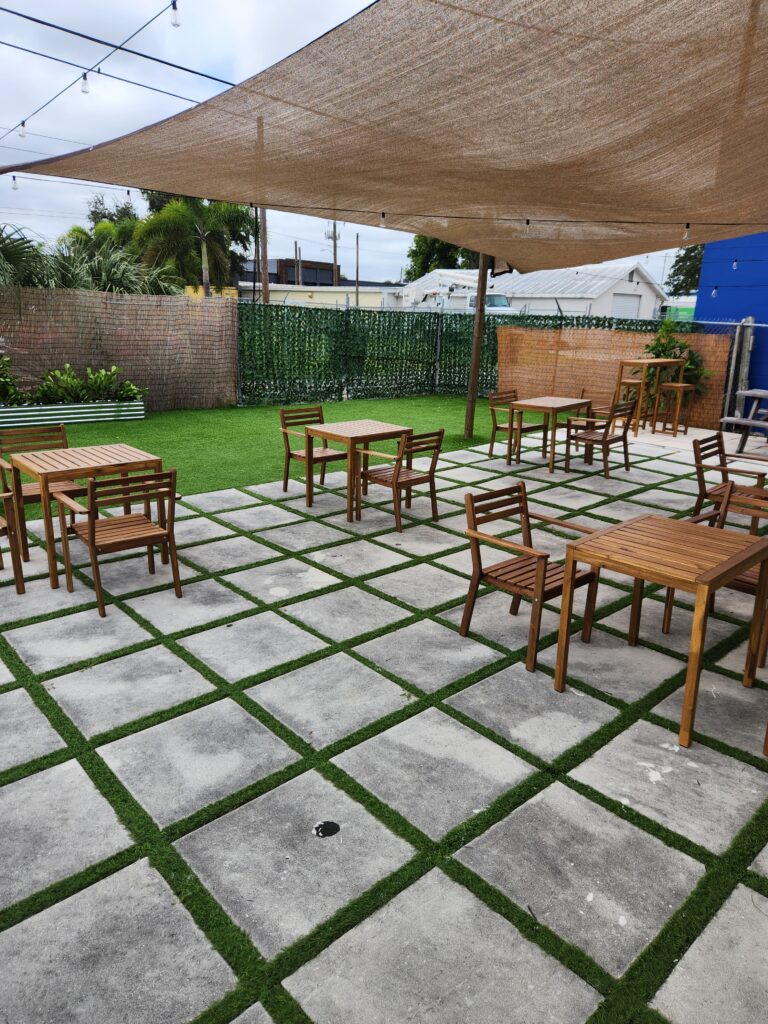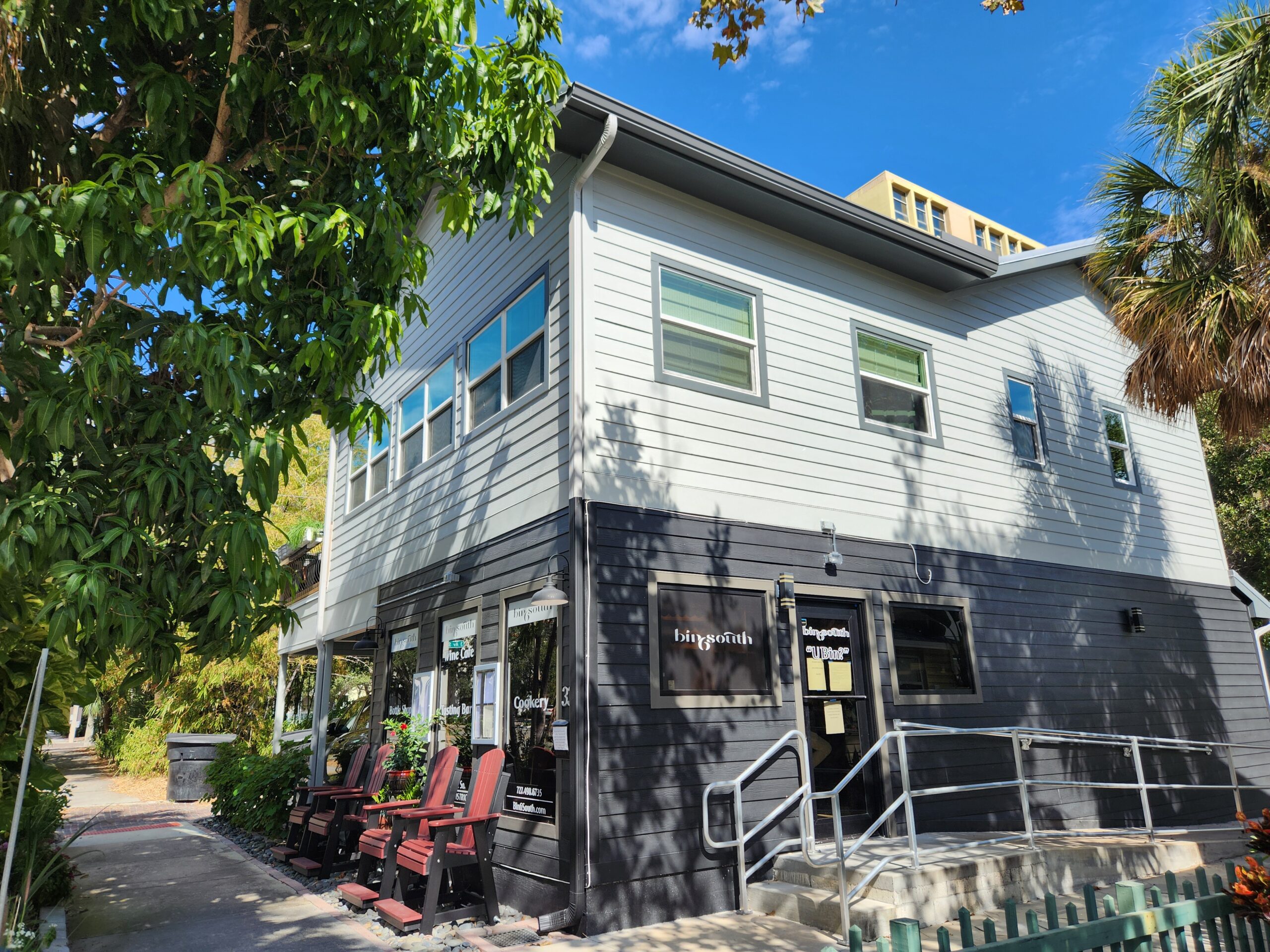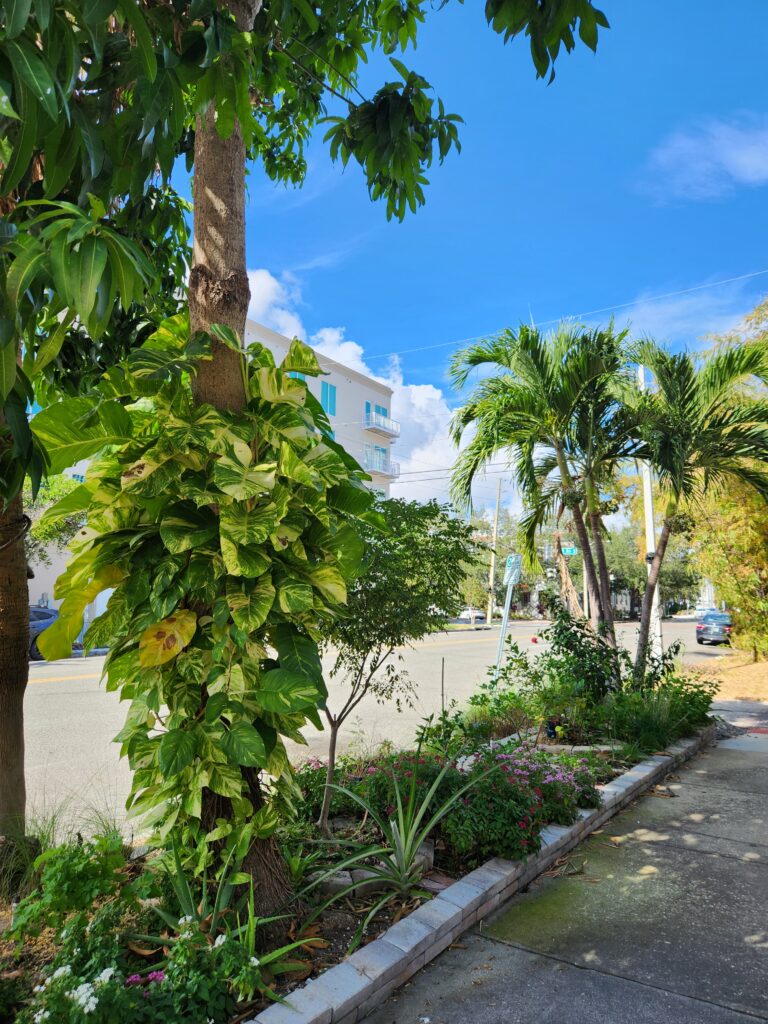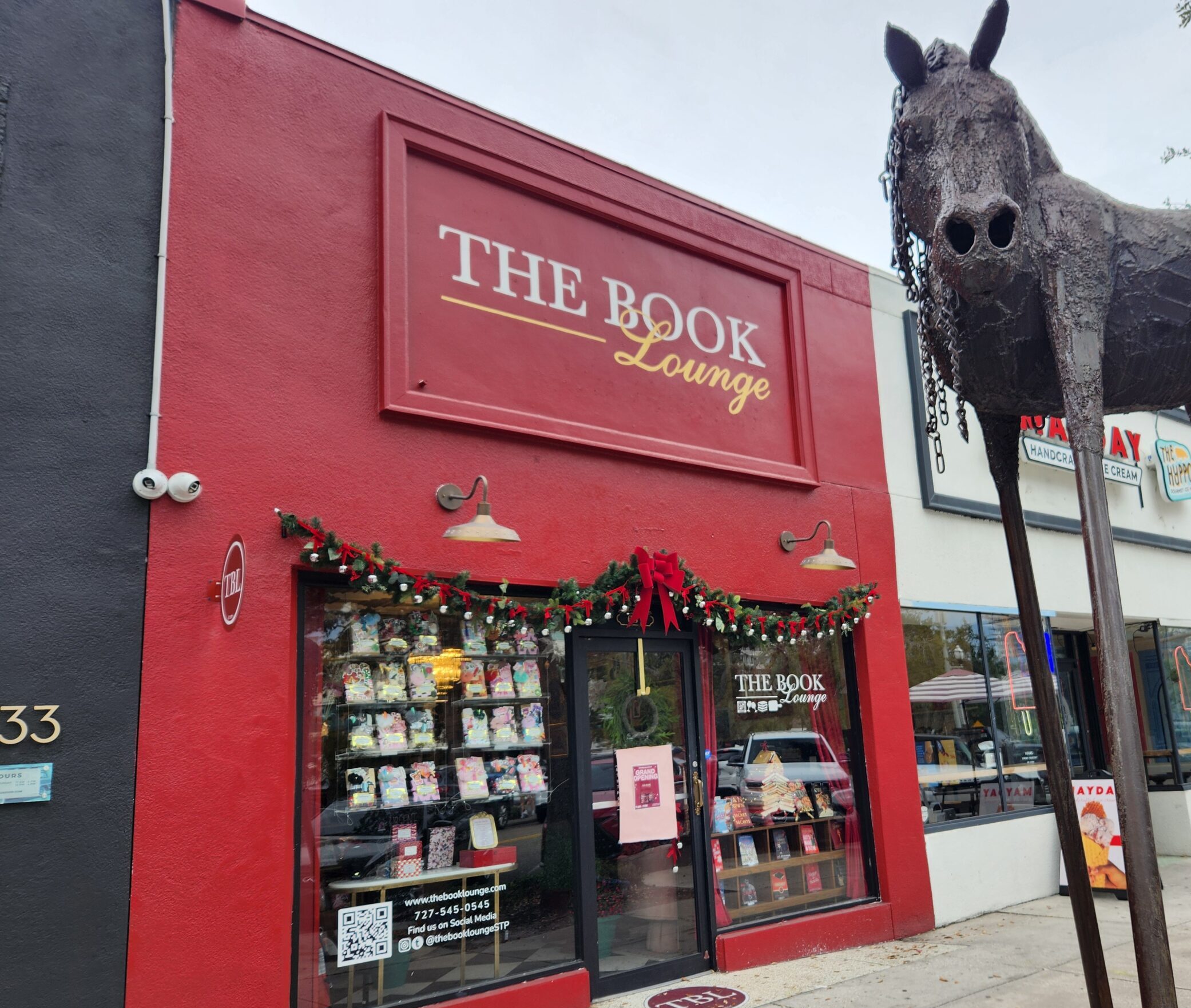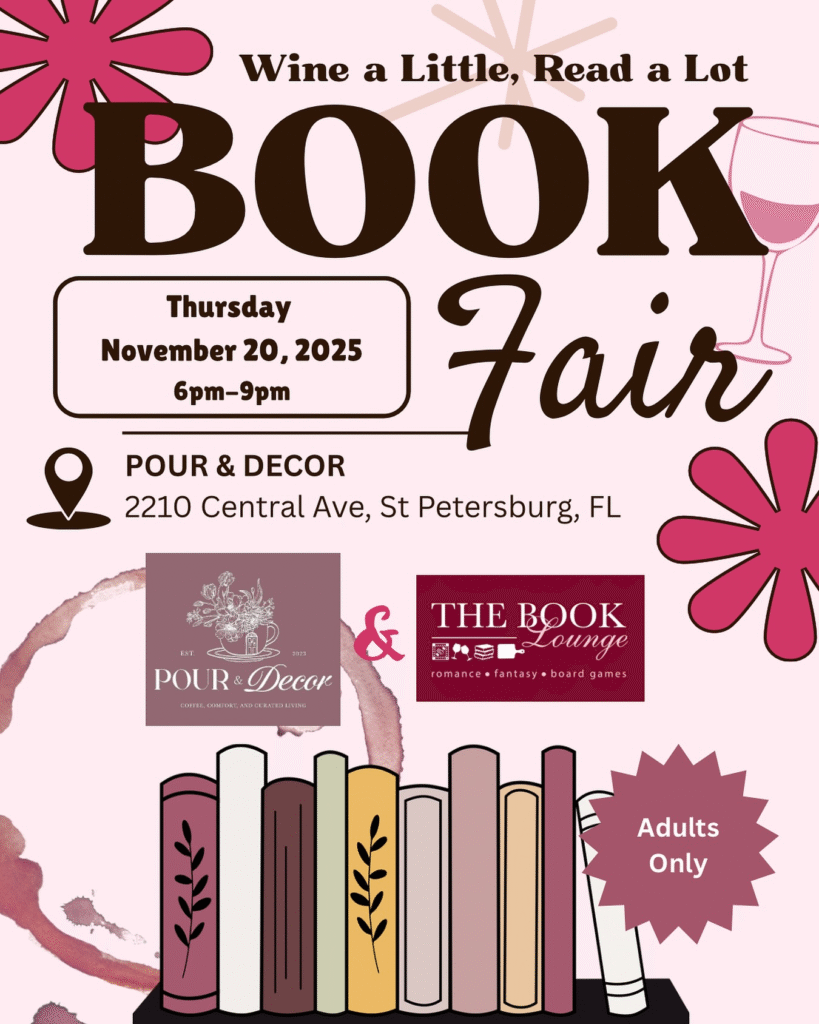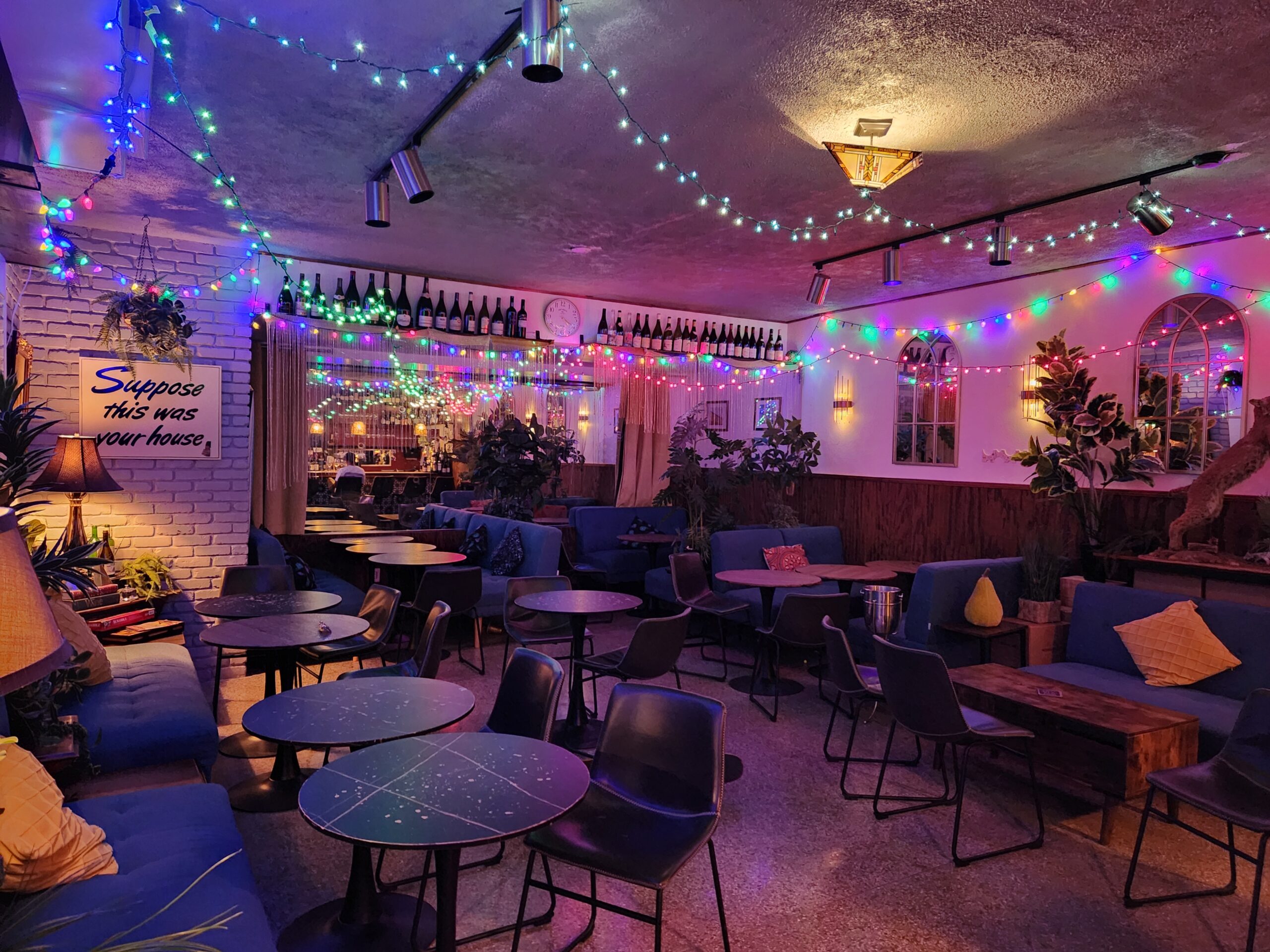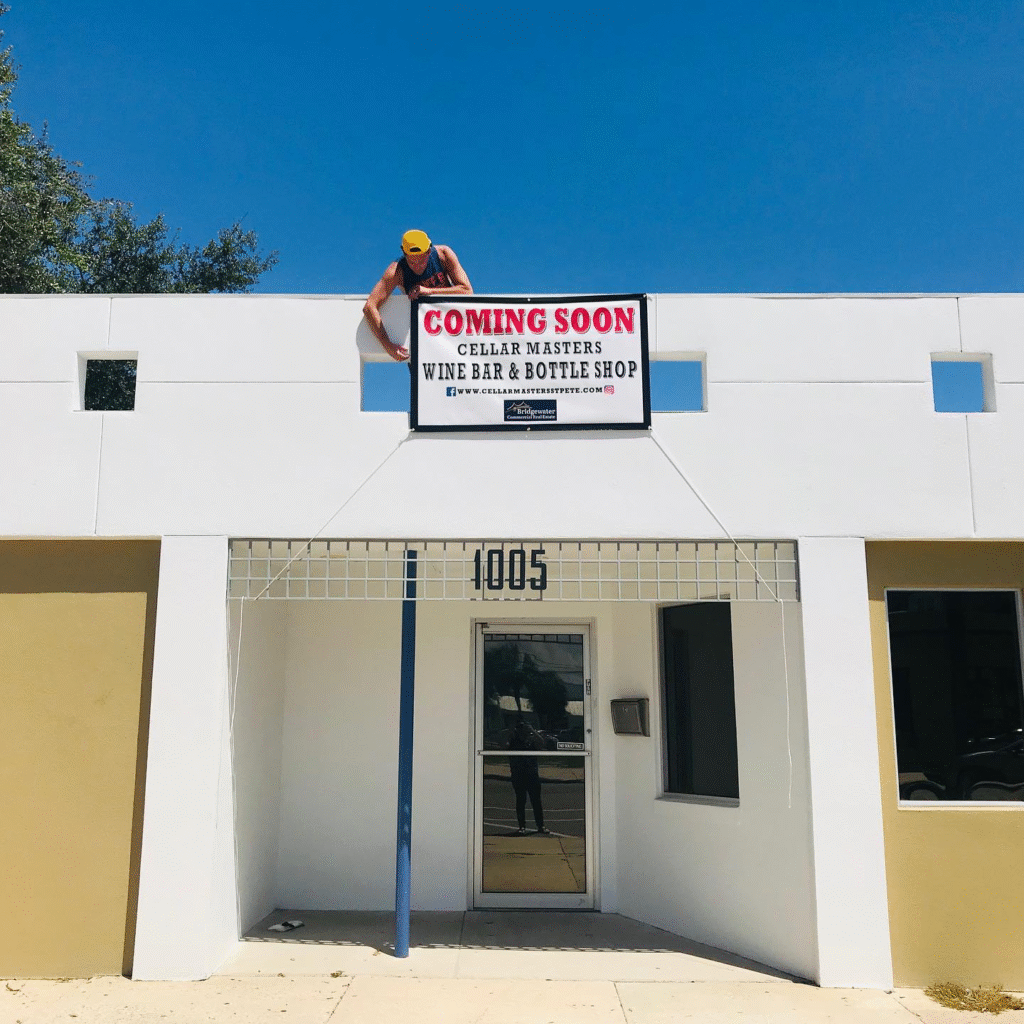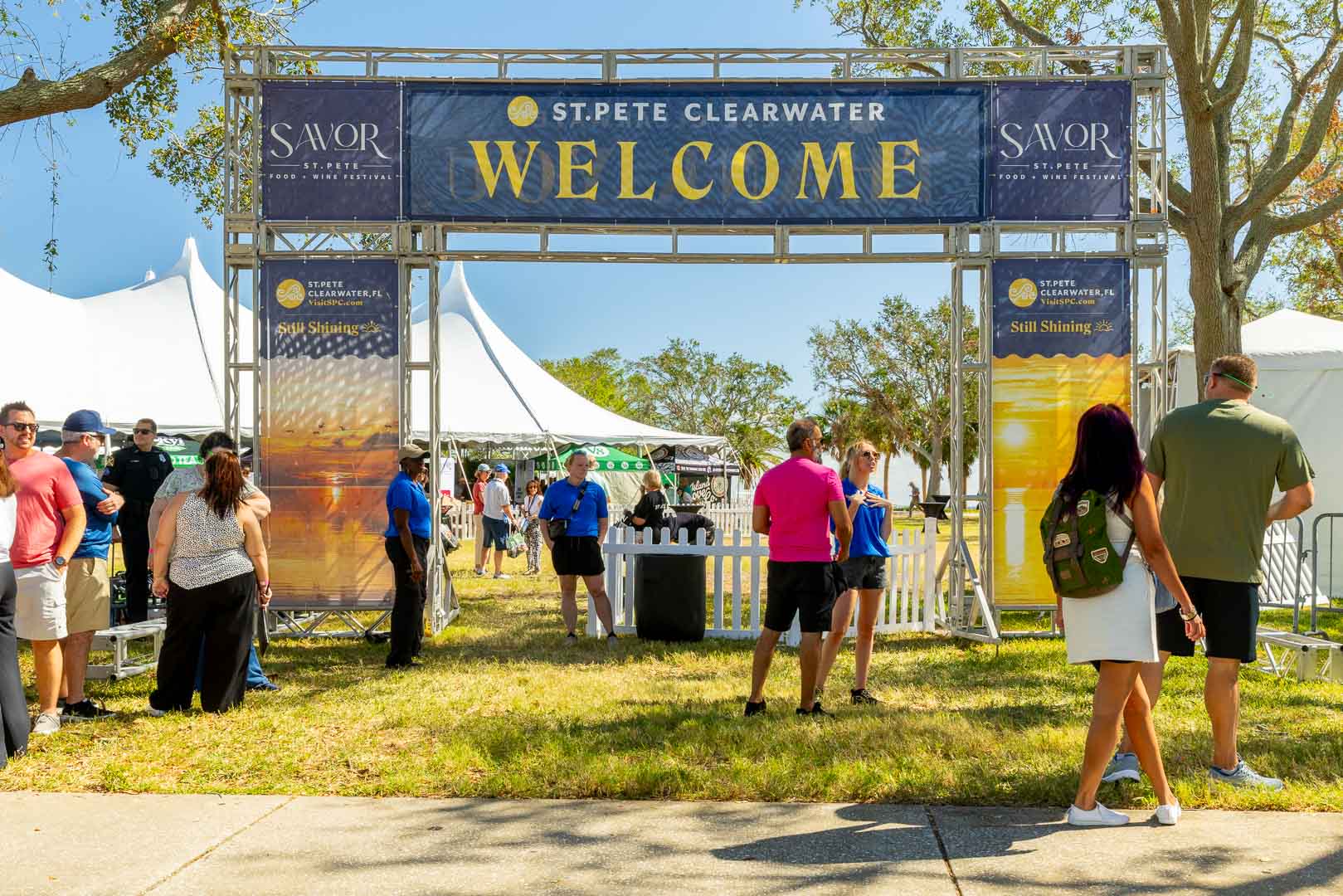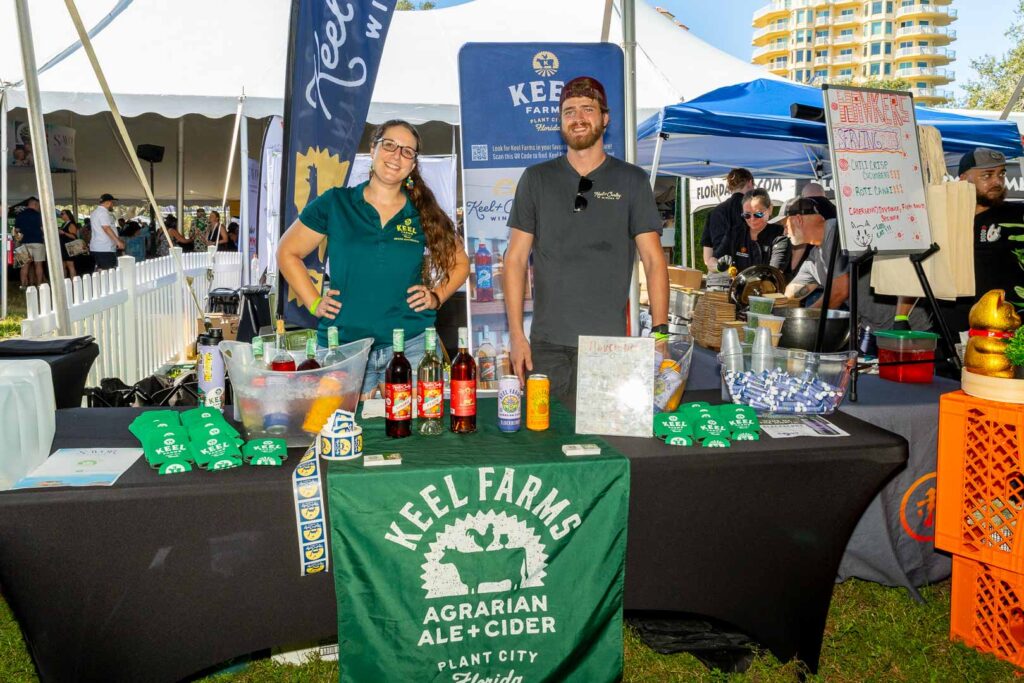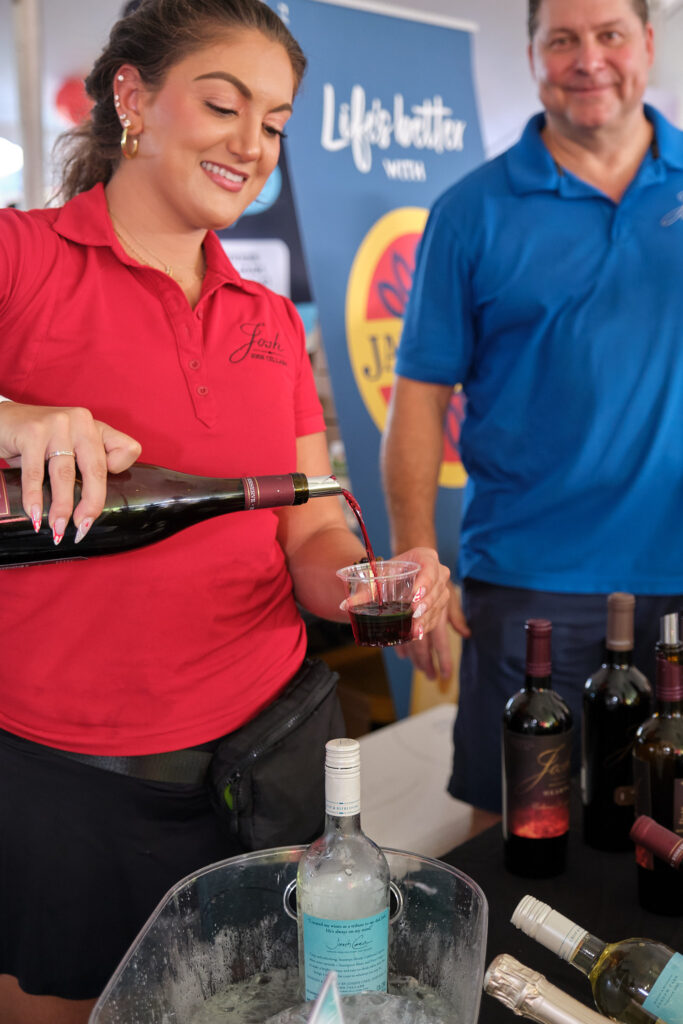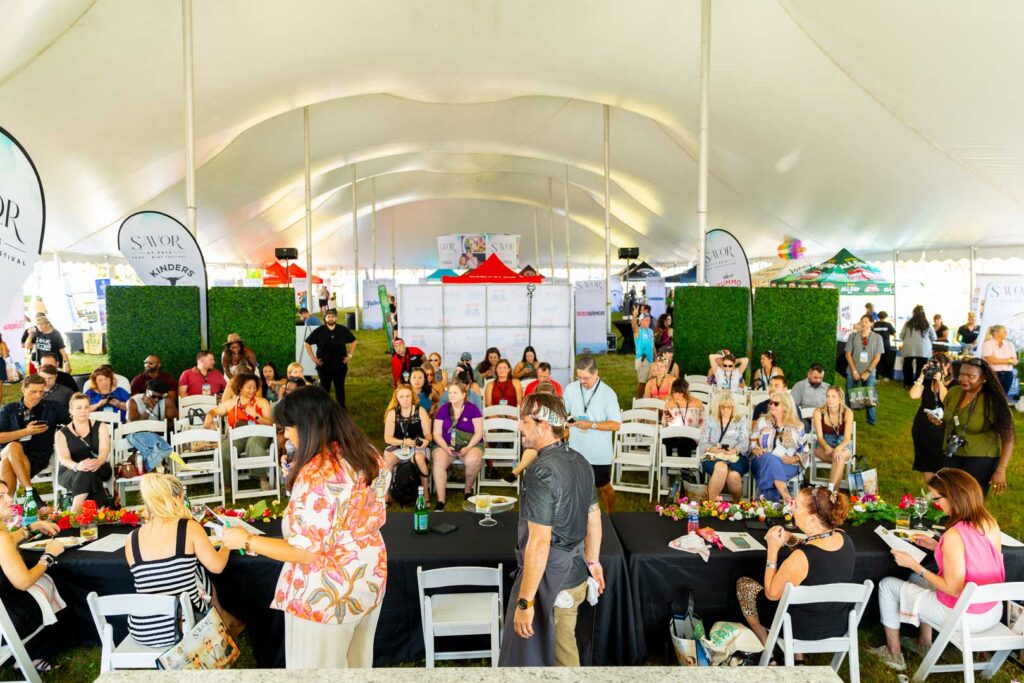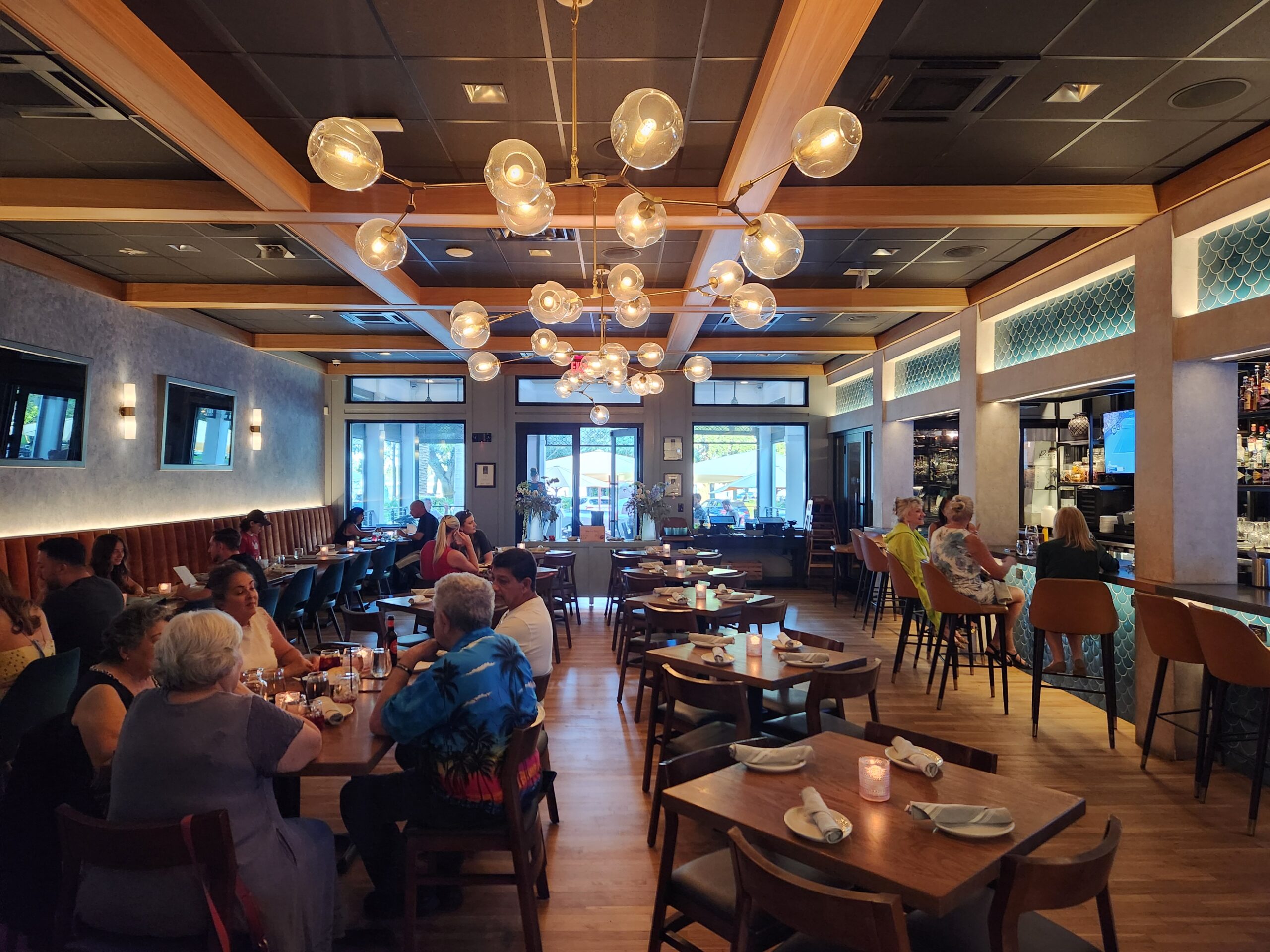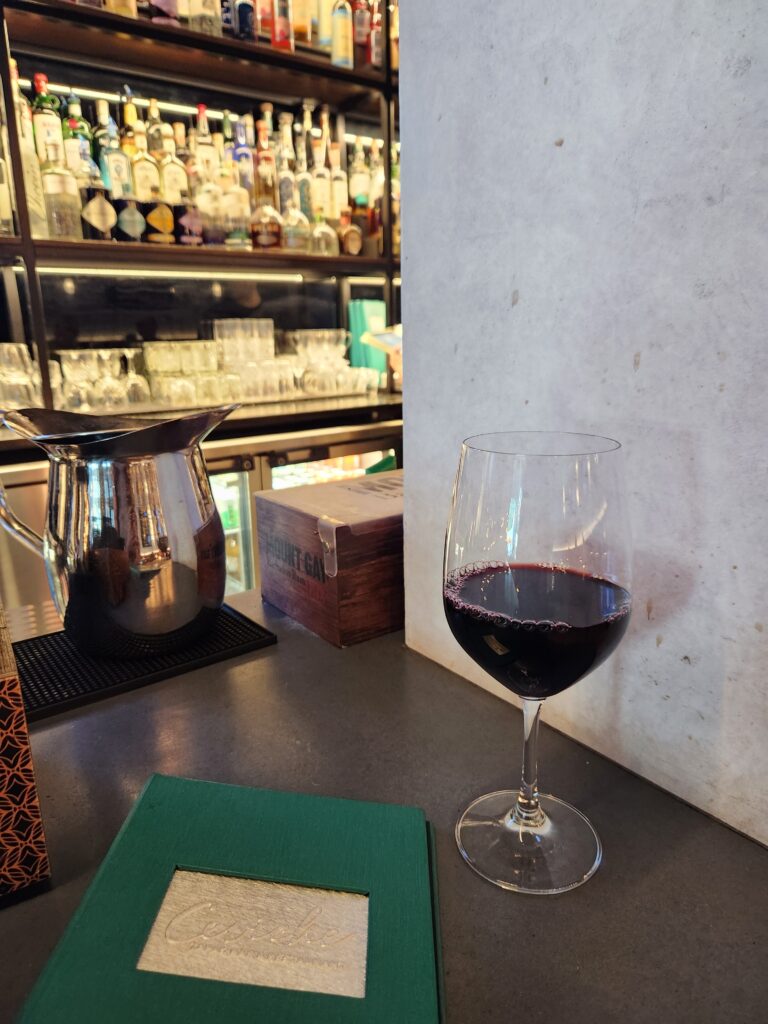I asked shops and wine bars around St. Pete what they recommend for a Thanksgiving table. Here’s what they shared in their own words, with wines that fit turkey, cranberry, casseroles, and everything in between.
Neighborhood Wine Shop
Owner Bryce Kennedy recommended one white and one red. He said the Riesling is medium bodied, has a “nice acidity,” is “charming,” and works well because it’s dry with “a lot of density on the palate and enough acidity to cut through the fatty foods.” The Burgundy is an easygoing, red-fruited pick for turkey and sides.
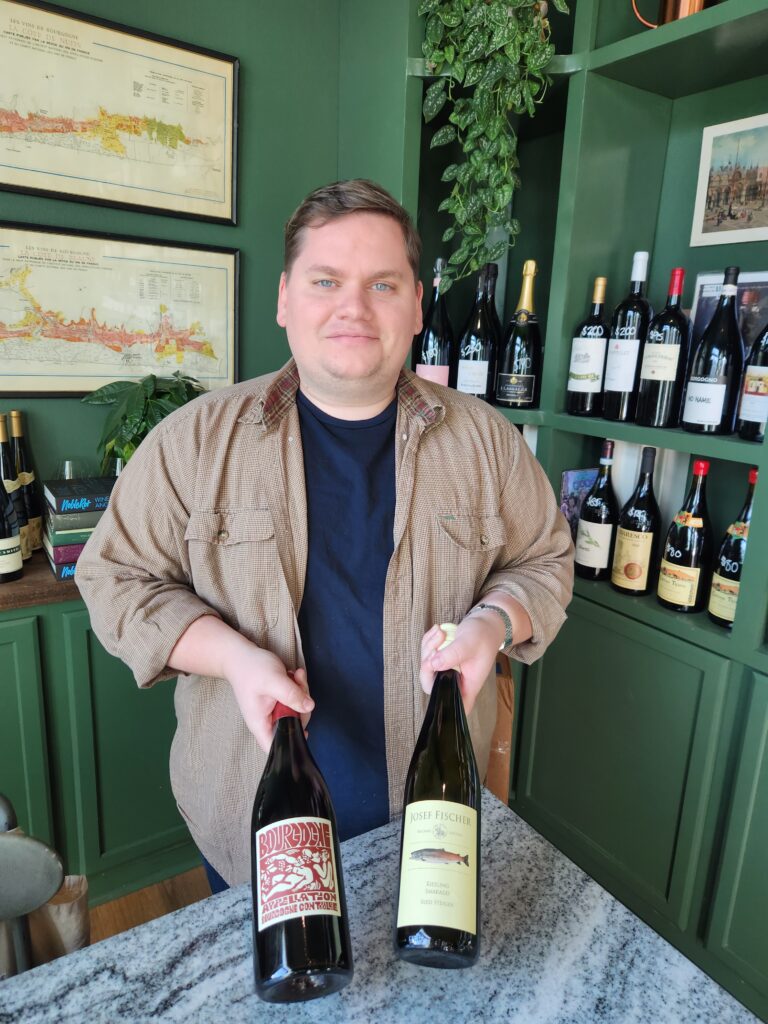
Picks at Neighborhood Wine Shop
- Josef Fischer Riesling Federspiel Ried Steiger – $38
- La Soeur Cadette Bourgogne Rouge – $36
Pistil House
Owner Anthony Diaz and Carly Dauscher chose a single Thanksgiving pick. Anthony said the wine has fruit with “great acidity,” an “off dry component,” and enough balance to offset the sweet elements on the table.
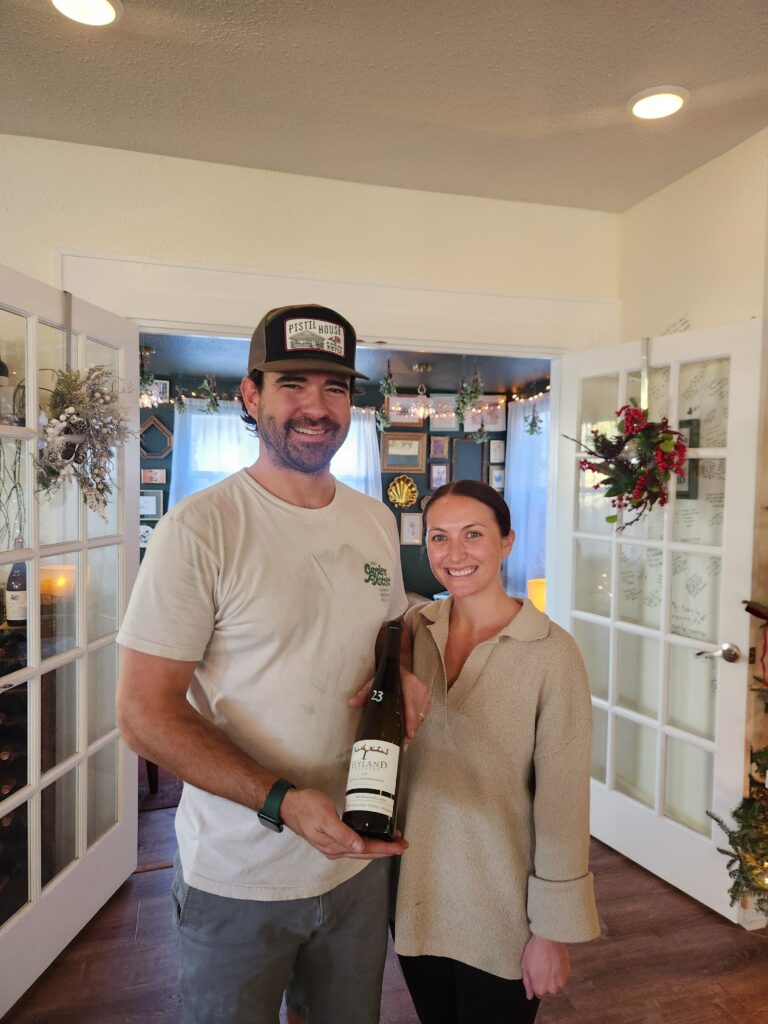
Pick at Pistil House
- Hyland Estates Old Vine Gewürztraminer – $23
Book + Bottle
Andrea Hatton, wine lead at Book + Bottle, said they “love Grüner with greens.” She recommended two bottles, calling the Gobelsburg their go-to Thanksgiving white with a “pepperier texture.”
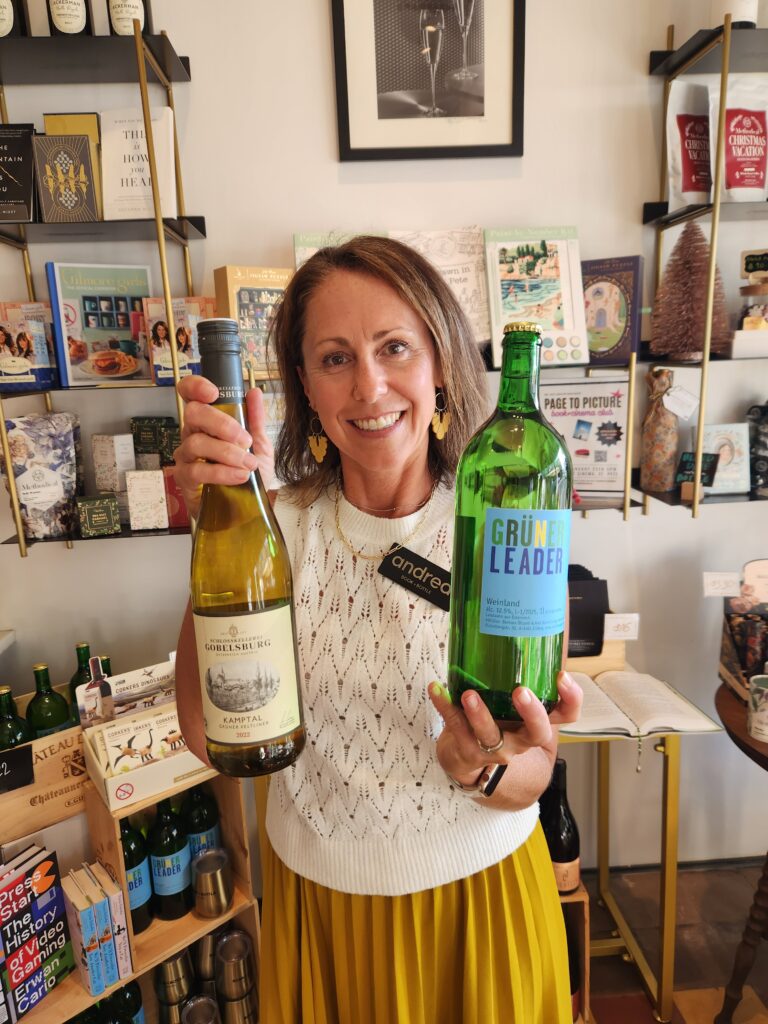
Picks at Book + Bottle
- Barbara Öhlzelt Grüner Leader 1L – $22
- Gobelsburg Grüner Veltliner – $22
Bar Chinchilla
Bartender Nico Leeper said his picks are “not far off from what I am actually doing for Thanksgiving.” He added that “Riesling and Pinot are the classic pair for the holiday,” since Riesling’s acidity cuts through casseroles and Pinot works well with turkey.
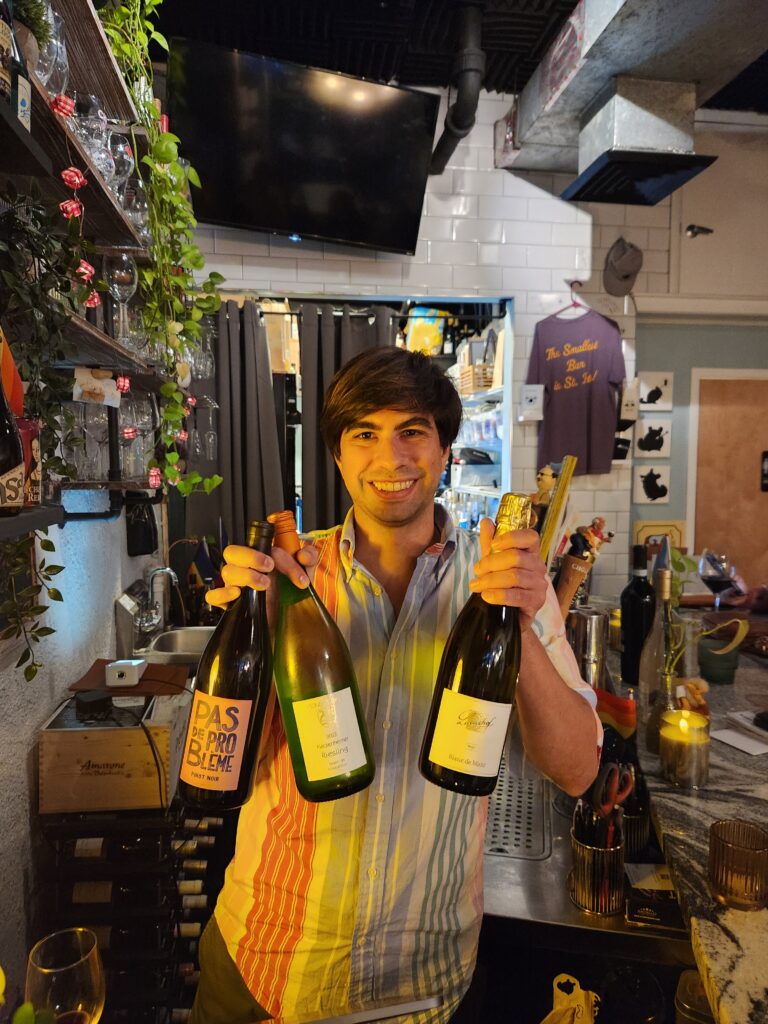
Picks at Bar Chinchilla
- Lucashof Blanc de Blancs Brut – $45
- Gunderloch Nackenheimer Rothenberg Riesling Grosses Gewächs – $26
- Pas de Problème Pinot Noir – $32
Savoir on Central
Owner Sharon Mahoney said the wines they picked are “delicious, bold, and perfect for Thanksgiving.” Robert shared the three main bottles with pairing notes.
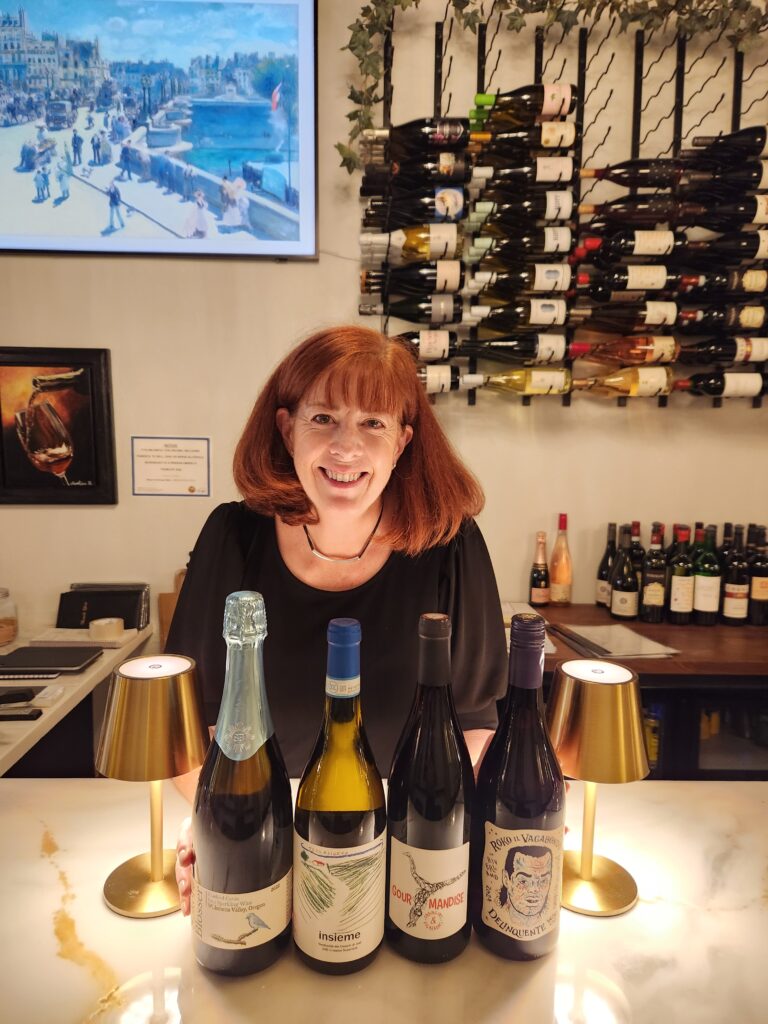
Picks at Savoir
- Terralibero Insieme Verdicchio del Castelli di Jesi 2023 – $27
- Robert suggested pairing it with string beans almondine.
- Domaine Ozil Gourmandise VdF Rouge 2022 – $29
- He said to try a bite of turkey with cranberry sauce and follow it with a sip.
- Delinquente Roko il Vagabondo Montepulciano 2024 – $27
- He said it works from roasted vegetables to casseroles through dessert.
- Sokol Blosser Bluebird – $31
Mickey’s Café & Organics
Owner Mickey Paleologos said their reds are “bold and heavy and great with cranberry sauce.” Their full Thanksgiving lineup is half off during Thanksgiving week.
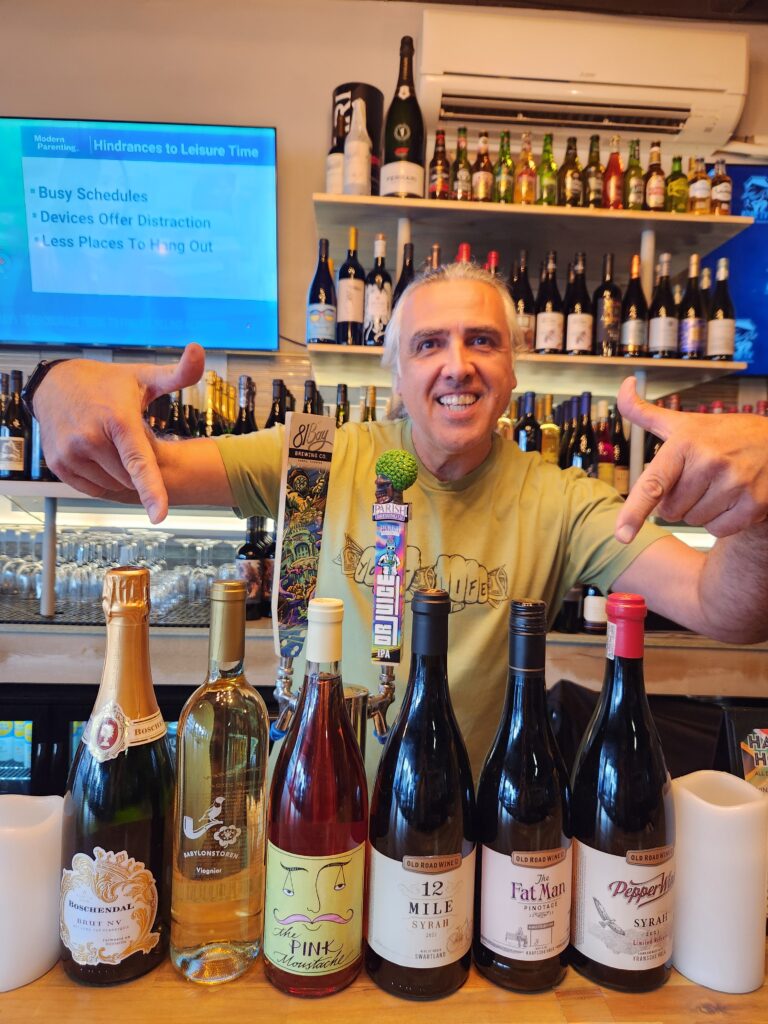
Picks at Mickey’s
- Old Road Wine Pepper Wind Limited Release Syrah – $96
- Old Road Wine Co Pinotage The Fat Man – $50
- Old Road Wine 12 Mile Syrah – $40
- Intellego The Pink Moustache – $80
- Babylonstoren Viognier – $66
- Boschendal Brut NV – $52
The Wine Cave & The Dutchman
Owner Harmen Rost van Tonningen picked a red and a white. He said the Pinot comes out with a raspberry flavor and works well with cranberry, white meat, sweet potato, and French bean casserole. He added that the Sauvignon Blanc has “a little oak treatment” and stands up to buttery sauces because “that fattiness needs to come together.”
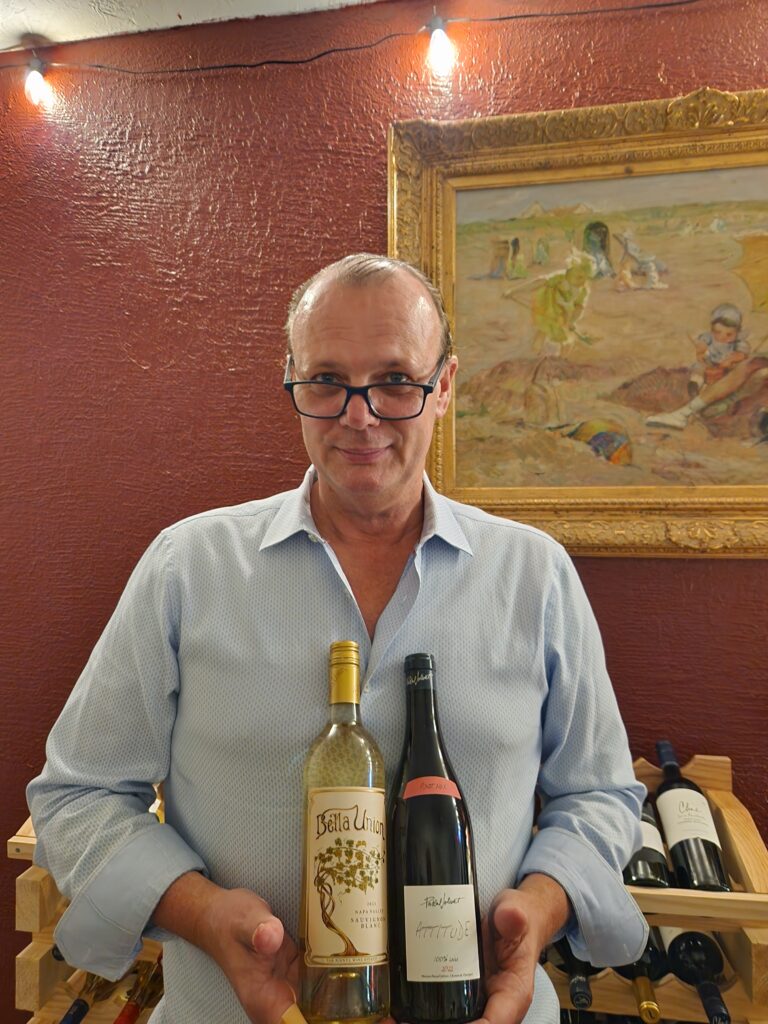
Picks at The Wine Cave & The Dutchman
- Pascal Jolivet Pinot Noir Attitude – $51
- Bella Union Sauvignon Blanc – $54

